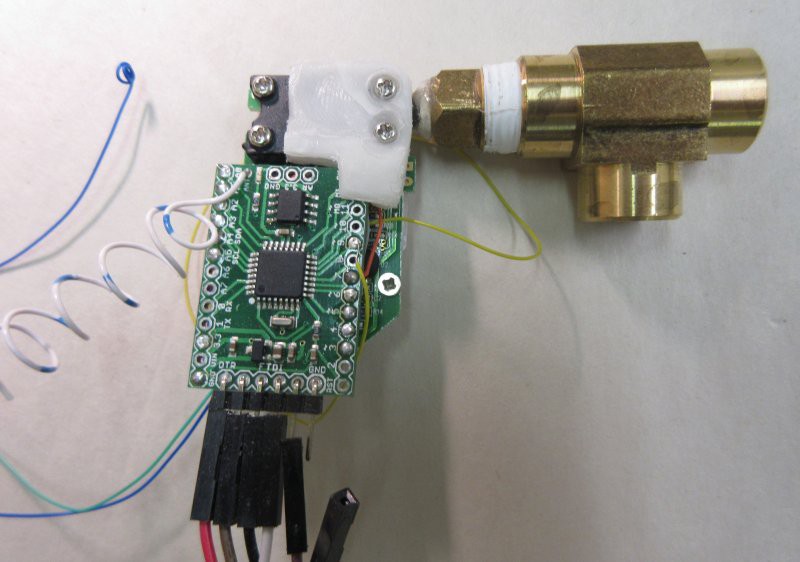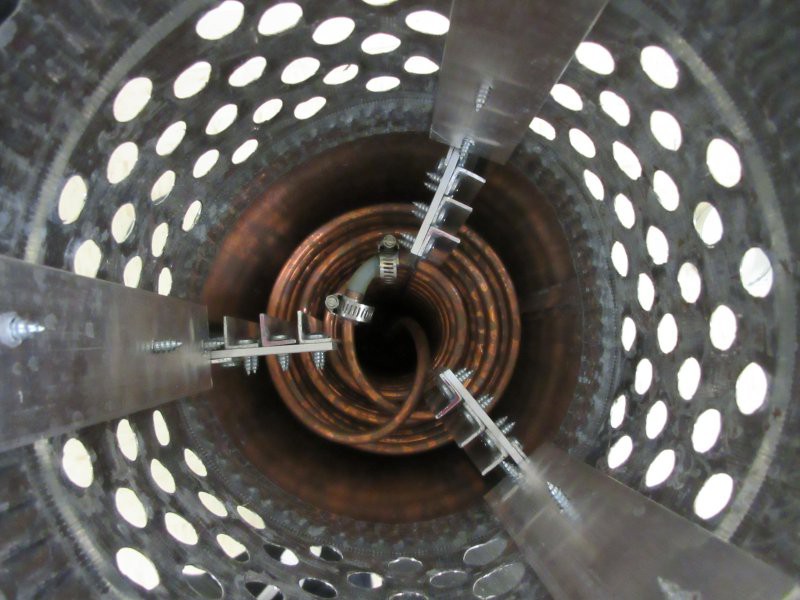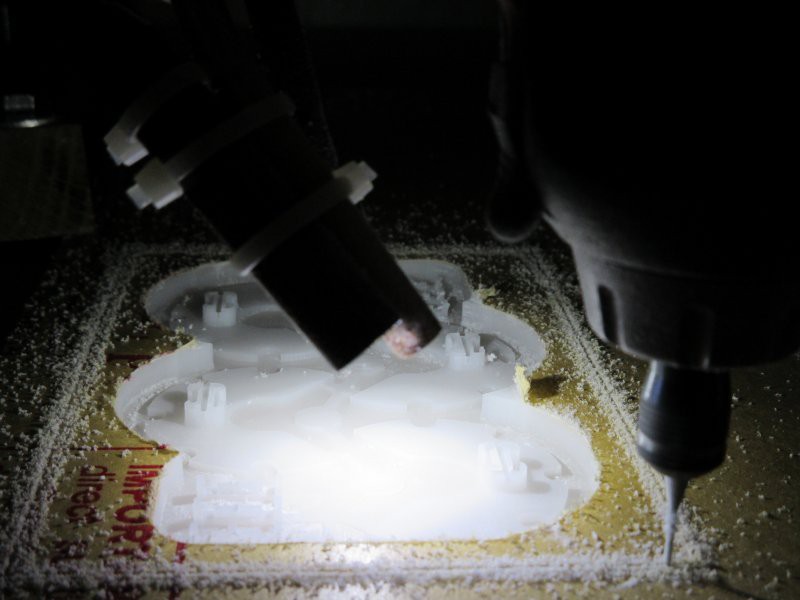A not-fully developed Reactron, the "Quadralope", is basically just a table. But with movable legs, and a Reactron wireless controller, the idea is that it will bring you your stuff, or take stuff away.
It isn't concerned with what the payload is, only where it is going. The Recognizers have a statistical model of where you are, and a discrete model of where other Reactron units are, so it may dispatch one of these units with a route. This is just a physical conveyance. I broke the details of this unit out into a separate project to focus on those details.
Why legs? Wouldn't wheels suffice? Well, the idea of a Reactron machine culture integrating with the human culture to augment human living means that some things the machines must learn to do, so that we do not have to alter our methods to fit them. We have carpets, hardwood floors, thresholds, furniture, objects on the floor, etc., all for very good, human reasons. I for one do not want a shiny leveled pathway everywhere in the house, where wheeled service bots can roll (and to which they may be restricted). A walker can handle these things very well. The total contact patch of this robot is perhaps five square inches, and it would be programmed to scuttle out of the way, when not specifically delivering something. "Out of the way" may mean something like "exist in plain sight, but not in a human walkway". If so, it would help if the robot was in fact furniture - looked good, matched the decor, etc. (Yes, this prototype needs work to look less robotish, but you get the idea.)
And bring me coffee!
Four other Reactron projects were also posted:
- Reactron collector: Kitchen scale (weighs stuff and transmits that data)
![Kitchen Scale]()
- Reactron collector: Air pressure transducer (measures pressure and transmits that data)
![Air Pressure transducer]()
- Reactron material processor: Heat exchanger (cools off water and integrates to the network)
![Heat exchanger]()
- Reactron material processor: Wireless CNC machine (milling machine that integrates to the network)
![CNC mill]()
These projects were also broken out to focus on the individual details.
But the main point here is that these are all Reactron components, integrate with each other, and the number of possible combinations, workflows, and outcomes increase exponentially, the more simple discrete units there are.
Anything can be a "material processor", like a coffee maker, for instance. It does not have the human interface built in, nor the means for conveyance to the human, or from the raw material supply (water and ground coffee), nor the means to transport the material (the coffee) to and from the conveyances. A single machine that did all this would be horribly complex, require lots of tuning and maintenance, and break easily. But a small critical mass of certain types of machines can result in complex outcomes that allow you to just seamlessly live your life while machines asynchronously manage the things that you allow them to manage.
We will trust machines much more, to do complex tasks, when they are simpler and more numerous, and coordinated. They will break less, and have backup when individual units fail.
 Kenji Larsen
Kenji Larsen




Discussions
Become a Hackaday.io Member
Create an account to leave a comment. Already have an account? Log In.